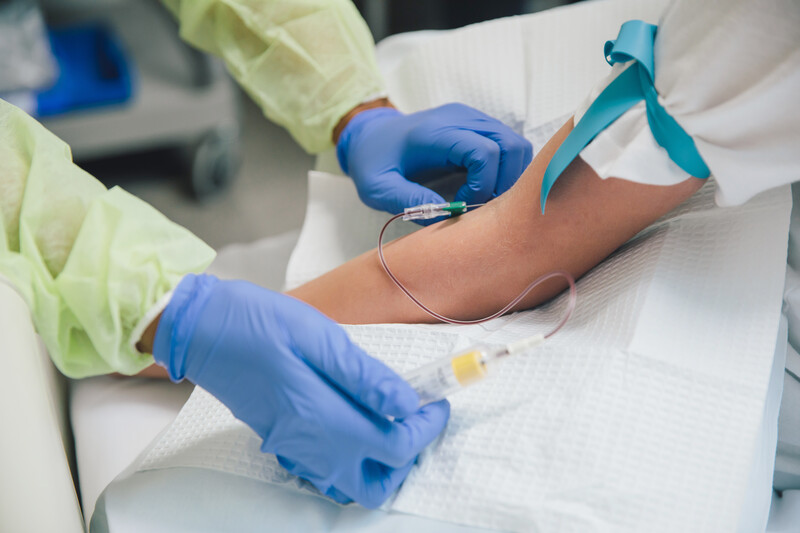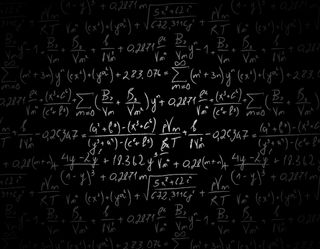
With the NWS modernization, such a research program is scientifically and economically feasible. Research is needed to increase understanding of the physical processes associated with the generation of severe storms and to develop advanced numerical models to predict their characteristics. Research to improve the prediction of atmospheric and hydrologic hazards. These systems should be deployed by the National Oceanic and Atmospheric Administration (NOAA), the Department of Defense (DOD), and the Federal Aviation Administration (FAA) by the mid-1990s. Information systems include interactive computer, display, and storage systems for local weather stations and large central supercomputing facilities at national centers. The observation systems being implemented as part of the modernization include advanced geostationary and polar orbiting satellites, doppler radars, automated surface observing systems, and doppler wind-profiling systems. NWS is currently deploying several new systems that will improve detection and prediction of severe weather and flooding. New observation and information technologies can improve the prediction of severe weather, floods, wildfire potential, and other weather-related hazards. Modernization of the weather prediction system. The upgrading of natural hazard prediction and warning systems through application of state-of-theart science and technology Īugmentation of research programs on the basic physical and biological processes of natural hazards, models to predict their occurrence, and technology to detect and monitor them and to disseminate warnings andĮxpansion of research on the social aspects of effective warning messages.Ī program for enhancing the nation's capability to predict atmospheric, hydrologic, and geological hazards should include: To achieve this goal, the Committee proposes: The Committee recommends that the nation expand and intensify its programs to improve prediction of significant natural hazard events and to ensure the effective and timely dissemination of warnings to all sectors of society. A concerted effort is needed to improve dissemination networks and the content of warning messages. For example, warnings of an impending natural hazard may not reach all potential victims. The technological capabilities for prediction are considerably better than social and organizational capabilities to disseminate warnings. A system of observatories monitors volcanoes in Alaska, Hawaii, and Washington and issues warnings that have led to evacuation of surrounding areas, rerouting of air traffic, and other actions. Wildfire potential is closely monitored, and newspapers such as USA Today publish maps of daily and weekly fire danger. Televised weather programs have improved through the use of meteorologists and advanced presentation technology. Continuous radio and television broadcasts make both routine weather forecasts and severe weather warnings accessible to everyone. Warnings are disseminated through a joint public-private partnership. For example, an extensive weather monitoring and forecasting network covers the nation. The federal government operates several systems to monitor natural hazards and make predictions.

Prediction capabilities for atmospheric and hydrologic events are generally more advanced and specific than those for their geologic counterparts.
:max_bytes(150000):strip_icc()/dotdash_INV-final-Fibonacci-Numbers-and-Lines-Definition-and-Uses-June-2021-01-cafe495212fa456db6d4a28a86376373.jpg)
However, prediction accuracy and lead times vary with the type of hazard. Scientific and technological advances in recent decades have greatly improved the nation's capability to predict most natural hazards and disseminate warnings based on those predictions.

By contrast, when a hurricane struck Galveston, Texas - which had no warning system - on September 8, 1900, 6,000 people were killed and 5,000 injured. Without successful prediction, warning, and evacuation, the loss of life could have reached the thousands, but actual deaths numbered 28. Hurricane Hugo illustrates the benefits of an effective natural hazards warning system. When notice of an impending disaster can be issued well in advance, as it can for some riverine floods, wildfires, and hurricanes, property and natural resources can be protected. Predictions and warnings can also reduce damage and economic losses. With only a few minutes' notice of a tornado or flash flood, people can act to protect themselves from injury and death. Good predictions and warnings save lives.


 0 kommentar(er)
0 kommentar(er)
